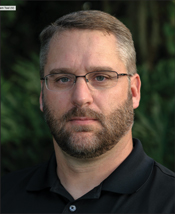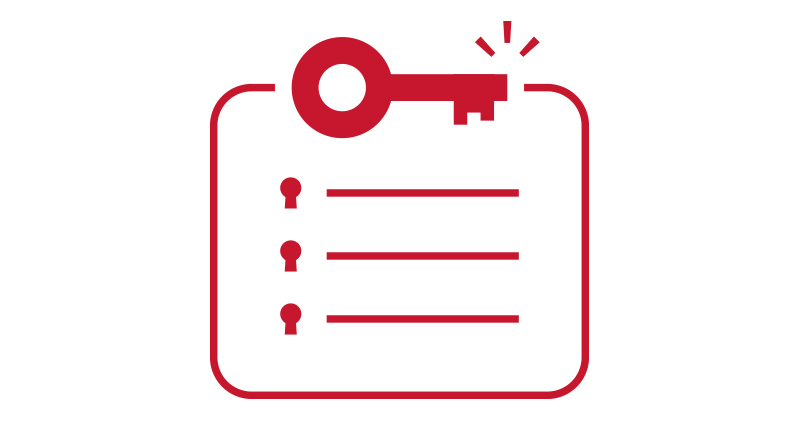The Best Laid Plans…
By David Ririe
In the past few Broadband Library articles, we have discussed the hurdles and challenges faced while working through the early phases of our DAA/remote PHY launch here at Cox. As we begin 2020, we are taking the opportunity to look at our overall plan and make sure that the plan still matches reality. We have had several learnings in 2019 and want to make sure we are applying those learnings when and where we can.
Learning #1. Fiber deep construction is in many ways as challenging and expensive as FTTP/H.
Our OSP and construction teams spent much of 2019 working through node designs and planning for the new processes required to build Node + 0 plant and replace existing analog nodes with remote PHY-capable nodes. It turns out that the new fiber build and permitting processes for new nodes is taking much longer than anticipated, in some regions more than others. Splicing work has also proven a challenge, as the labor market is very tight, and finding folks to do the work requires a hefty price premium. This has caused us to take a hard look at our Node + 0 designs and consider alternatives including less Node + 0 penetration and more mid-split activity. We will also leverage the new 2×2 RPD node architecture as it becomes available this year to address segmentation scenarios when and where possible.
Learning #2. Capacity and traffic growth rates have changed.
In 2019, we started to see a reduction in downstream annualized traffic growth and an increase in upstream traffic growth. While we have done a very good job at building downstream network capacity and managing to upstream growth in the past, we want to be sure we are building enough capacity in the right direction. We took a hard look at upstream at the end of last year and have revisited some network planning at the node level. This means we are looking at moving more nodes from sub-split upstream spectrum to a mid-split upstream spectrum plan. This will roughly double our upstream capacity in the near term and go beyond that with OFDMA in the latter half of this year and into 2021.
Learning #3. Minimizing regrettable investments.
As we started to build out our remote PHY CCAP platform, which we call “Digital CCAP,” we took a look at the volume of new installs in 2020 and how to best reuse our existing “Analog CCAP” platform. We are looking at various strategies for this migration. This involves an immense amount of node planning activities and is best performed on a per facility basis. We want to avoid any regrettable investments and leave ourselves some flexibility while setting ourselves up to support future technology options. These efforts must be done at the local level to be meaningful, so it can be a long, slow process to work through facility plans. The digital migration should also set us up to support future access network technologies, like vCCAP.
Learning #4. Operating the new DAA and remote PHY platform is still challenging.
We took away a few lessons from early troubleshooting activities. Some of those issues were caused by the new technology platforms and some were self-inflicted. Much of our concern about operational ownership of these new platforms turned out to be true. We had several early calls to troubleshoot issues that had as many as 30 individuals involved, until we could narrow down the root cause of the problem! Was it the plant? Was it the CCAP? Was it the new remote PHY node? The answer is yes, and occasionally all of them at the same time. We also have a long way to go getting the proper tools and metrics established. We need better visibility into all aspects of the DAA network and the ability to get more proactive. Those tools are slowly coming together, but not as fast as we would like. This space has been challenging as all of the new network components like OCML and remote PHY nodes require tools that often didn’t exist six months ago. We also need better tool and metric correlation than ever before. The DAA network is an end-to-end environment that can be impacted by various impairments. In the past, we could often localize or half-split the network to narrow down those problems. This has become much more difficult in the DAA world, as seemingly innocuous events have impacted different services more than expected.
Learning #5. We have more learning to do this year.
Working through these early DAA deployments has been an eye-opening experience. Many of the problems we anticipated, and a few we did not. We did start a DAA/remote PHY roadshow last year that allowed us to take groups of regional engineers through the architectures and hurdles we faced as the deployment has progressed. This has gone a long way to establishing our early successes as we go beyond our first thousand plus node deployments into 2020. We look forward to sharing more of those successes as the year progresses and our installed base continues to grow. It should turn out to be another very interesting year, stay tuned!
 David Ririe
David Ririe
Sr. Director, Access Engineering
Cox Communications, Inc.
david.ririe@cox.com
David Ririe serves as a Senior Director in the Access Engineering group for Cox Communications in Atlanta, GA. He has worked in various engineering roles for Cox Communications starting as a Network Engineer in the Omaha, NE market 14 years ago. He has lead the team through a number of transitions and upgrades on both the DOCSIS and PON technology platforms in that time. He began his telecom career in the U.S. Air Force working on various communications and data networking platforms in the air and on the ground.
Feature Image: Shutterstock




